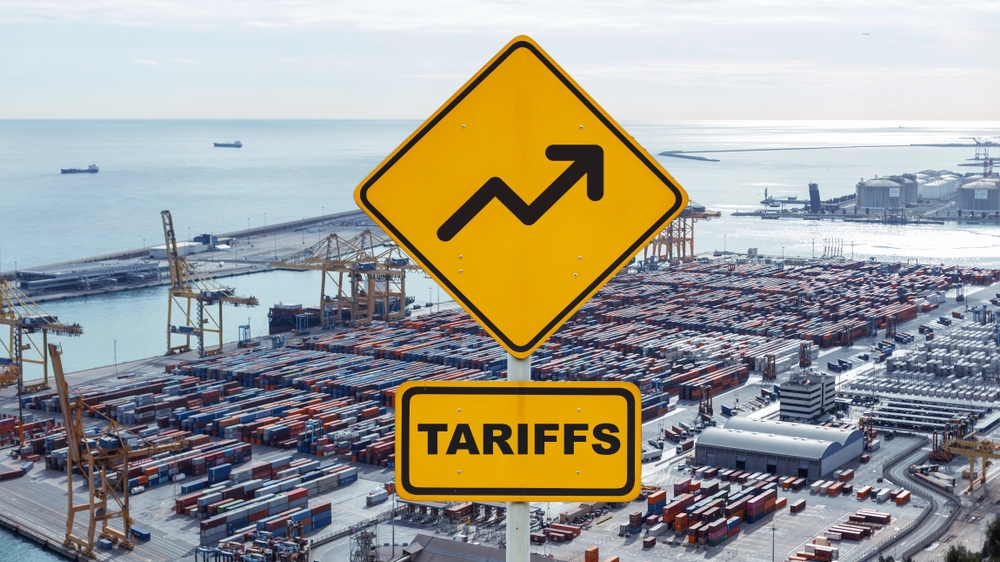FedEx, USPS, UPS & Trump: 5 Power Moves Reshaping Shipping Now

Imagine trying to steer a ship through rough waters with the map constantly changing. That’s what shippers are facing right now—rising costs, policy pivots, and unpredictable carrier moves. Whether it's tariffs swinging like wrecking balls or peak season fees creeping up, every decision now shapes Q4 success and 2025 resilience. Here's what shippers need to know this week—and how to stay one step ahead.
1. FedEx Peak Season Surcharges Just Dropped
FedEx has officially rolled out its 2025 peak-season surcharges, slightly increasing fees from last year and applying them over a shorter—but still critical—holiday window. While the structure resembles 2023’s phased pricing, costs spike during late November and December, especially for oversize packages. FedEx Ground Economy avoids the added fees, but shippers need to act fast to adjust strategy, marketing timelines, and service selections to limit financial exposure.
[TL; DR] Key Takeaway:
Higher fees are coming—again. Plan around the late-November surge and reconsider package types to protect margins. But, you probably want to actually read.
2. USPS Switches from FedEx to UPS, Sees Major Savings
In a bold Q4 move, the U.S. Postal Service transitioned its air cargo contract from FedEx to UPS, slashing air transportation costs by 43%. The new UPS contract promises better pricing, more flexibility, and higher performance standards—though early hiccups included misrouted hazmat and visibility gaps. USPS is responding with better scanning tools and internal training, aiming to lock in long-term efficiency gains.
[TL; DR] Key Takeaway:
Expect tighter USPS-UPS coordination—and prepare for improved on-time metrics, but don’t ignore potential early-stage operational risks.
3. Trump Announces 30% Tariffs on EU and Mexico Imports
Starting August 1, President Trump intends to slap 30% tariffs on all imports from the European Union and Mexico, citing failed trade negotiations. The EU is pausing retaliatory plans to reopen talks, while Mexico is condemning the move and warning of major supply chain disruption. Investors are jittery—and so are global brands watching key lanes tighten under political pressure.
[TL; DR] Key Takeaway:
Global supply chains are entering a fresh phase of volatility. Contingency planning and supplier diversification are more critical than ever.
4. Merchant Ships Face Deadly Houthi Attacks in Red Sea
Two commercial vessels were attacked by Houthi rebels using drones, RPGs, and missiles in early July. With no naval support responding in time, one ship sank and another was destroyed, resulting in casualties and missing crew members. These incidents highlight escalating security threats in the Red Sea and the urgent need for alternate routing or insurance reassessment for high-risk corridors.
[TL; DR] Key Takeaway:
The Red Sea is increasingly dangerous. Reroute or reprice risk exposure if this corridor touches your network.
5. FedEx Cuts Jobs and Shutters Facilities to Right-Size Network
FedEx is eliminating nearly 500 jobs and closing two U.S. facilities as part of a broader consolidation strategy targeting 30% of its terminal network. The decision, driven by soft volumes and underutilized infrastructure, follows a similar pattern of rightsizing across global hubs. The company will provide severance and internal transfers for affected employees while aiming to boost overall network efficiency.
[TL;DR] Key Takeaway:
FedEx’s footprint is shrinking—but smarter. Expect shifting transit times, possible regional service realignments, and reduced excess capacity.
How Intelligent Audit Helps Shippers Navigate These Shifts
When markets shift, Intelligent Audit helps shippers respond with confidence. Our AI-powered anomaly detection show unexpected spikes in fees in real time. With real-time visibility, shippers can proactively monitor critical shipments—even in high-risk regions. And our self-serve modeling tools empower strategic decision-making by simulating the financial impact of carrier pricing changes or alternative delivery modes.
Shippers who respond with agility—not panic—will be best positioned to weather uncertainty. With the right data, the right tools, and the right partner, your supply chain doesn’t just survive—it gets smarter. Contact us today.
.png)

.png)